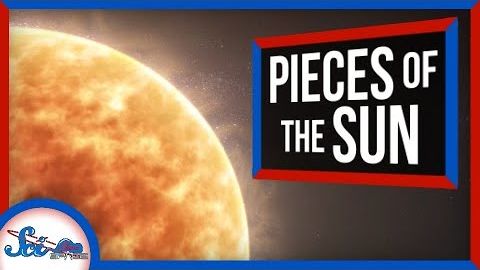太陽の物理的な欠片を3回撮影しました (3 Times We Captured Physical Pieces of the Sun)
林宜悉 が 2021 年 01 月 14 日 に投稿  この条件に一致する単語はありません
この条件に一致する単語はありません- v.i.重要な位置を占める
- n. (u.)物質
- n.事柄
US /pəˈtɛnʃəlɪ/
・
UK /pə'tenʃəlɪ/
US /ɪkˈspɛrəmənt/
・
UK /ɪk'sperɪmənt/
- n. (c./u.)実験;試み
- v.t./i.実験をする;試みる
- n. (c./u.)散らかっていること : 乱雑さ : 汚らしさ;問題;食べ物;食堂
- v.t.(物を)乱雑にする : ごちゃごちゃにする
エネルギーを使用
すべての単語を解除
発音・解説・フィルター機能を解除

